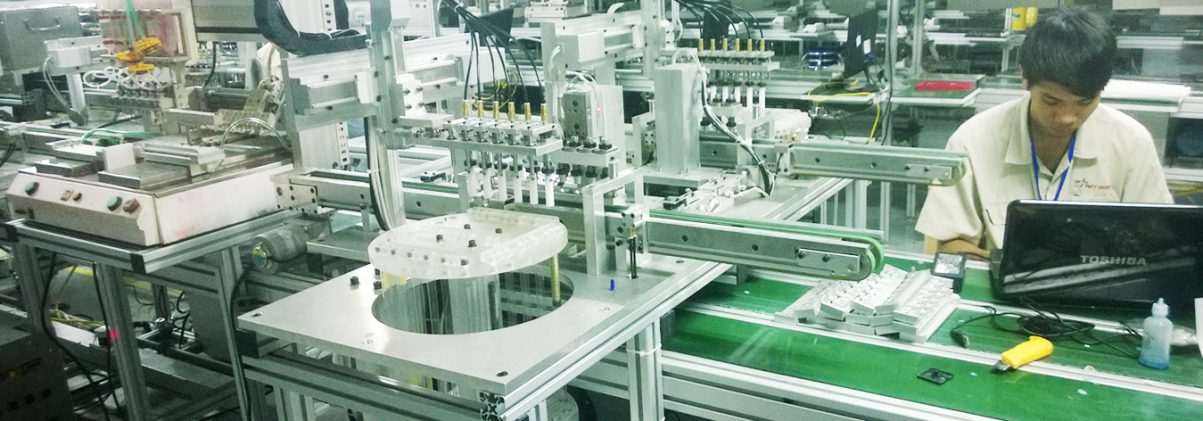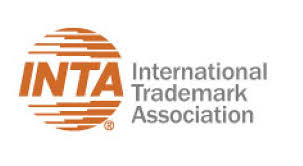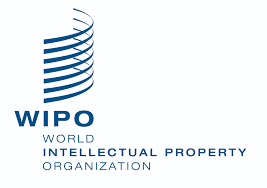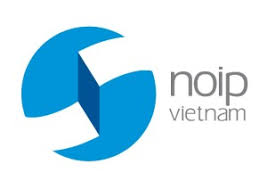Joining the La-Hay Agreement will help Vietnamese enterprises easily register and protect industrial designs (KDCN) in nearly 70 countries as well as foreign enterprises easily register and protect industrial designs in Vietnam.
At 20:00 (Swiss Time), September 30, 2019 (October 1 in Vietnam), at the World Intellectual Property Organization (WIPO) headquarters, on behalf of the Vietnamese Government, Minister of the Department Studies and Technology (S&T) Chu Ngoc Anh presented the Document of Accession to the Latin Agreement on the International Registration of Industrial Designs (Geneva Document 1999) to WIPO General Director Francis Gurry. The Agreement will officially come into force for Vietnam after 03 months from the date of submission of the Act.
By participating in the 1999 Geneva Document, Vietnam will only have the rights and obligations with the Agreement under this Document and shall not be affected by the remaining Acts. In addition, Vietnam has the right to participate in discussions and vote on issues of the Roman Union or general provisions for the instruments of the Agreement.
According to the Minister of Science and Technology Chu Ngoc Anh, the Latin system was created to enable the registration of protection of industrial designs in many countries through a single application filed through the International Bureau of WIPO in a single currency. In particular, the Swiss franc (Swiss franc) makes it easy for the applicant to carry out procedures related to protection registration, validity extension, ownership transfer and other procedures related to the KDCN application. The applicant does not need to file a separate application in each country for which he / she wishes to apply for protection, thereby not only avoiding complicated procedures, but also saving time, effort and cost.
Recently, the La-Hay System has noted remarkable developments with the participation of developed economies such as the United States, Japan, South Korea, Russia and Canada. ASIAN countries themselves have now pledged to join the Latin Agreement in order to simplify procedures for establishing rights to KDCN for applicants in the region, thereby improving the competitiveness of the ASIAN countries. ASIAN economy in the world.
According to the statistics of the National Office of Intellectual Property (Ministry of Science and Technology), the number of applications for industrial infrastructure registration of foreign organizations and individuals recently increased from 15% per year, specifically: the number of applications in 2015 increased. 16% compared to 2014; in 2016 increased by 20% compared to 2015; in 2017, it increased by 15% compared to 2016. However, in reality, there are still procedural difficulties and costs that make the number of applications for protection of industrial designs of foreigners in Vietnam as well as of people Vietnam abroad is limited.
Currently, Vietnamese businesses and individuals who want to protect their industrial parks abroad have only one form of submitting applications directly to the Intellectual Property Offices of each country separately. turns, which means that different applications are required in the languages and requirements of the host countries, and incur a lot of expenses, especially attorney fees. Foreign businesses and individuals also face similar difficulties when they want to protect their industrial park in Vietnam.
That fact requires the Vietnam IP Office to develop policies in order to create favorable conditions for foreign businesses and individuals to register for protection of infrastructure in Vietnam, as well as Vietnamese enterprises and individuals. registration of protection of industrial infrastructure abroad, thereby contributing to promoting trade activities between Vietnam and other countries. One of such policies can be mentioned as joining international treaties with the content of simplifying and harmonizing procedures for establishing IP rights.
At the 43rd ASIAN Economic Ministers Meeting (AEM 43), in August 2011 in Indonesia, ASIAN countries agreed on the ASIAN Action Plan on Intellectual Property for the period 2011-2016, including the objective ” accession to the Hague Agreement aims to simplify the procedure for establishing the right to KDCN for applicants in the region, thereby improving the competitiveness of the ASIAN economy in the world. ” Accordingly, ASIAN countries will make efforts to complete the accession to the Hague Agreement in 2015. However, the above goal has not been implemented according to the road map because some ASIAN countries have prioritized joining some treaties. Other international advance as the Madrid Protocol on international trademark registration. Therefore, ASIAN countries have agreed to delay the date of accession to the La-Hay Agreement until 2018. Up to now, in the region, only Brunei Darusalam, Cambodia and Singapore have officially joined this Agreement.
“The accession to the Latin Agreement meets practical needs, both creating favorable conditions for domestic and foreign businesses and individuals in registering industrial designs, while ensuring the practice of the commitments of Vietnam in the EVFTA, CPTPP agreements as well as in the ASIAN ”, Minister Chu Ngoc Anh emphasized.
While awaiting amendments to the relevant legal documents, Vietnam has announced that it will apply the provisions of the Agreement directly to international registration applications for design of industrial parks designating Vietnam and Vietnamese-origin applications. Male. The process of handling IW applications at the national stage will comply with the current law provisions, such as those for KDCN applications submitted by national procedures.
It can be seen that joining the Latin Agreement has an essential meaning. In the context that IP is increasingly playing an important role in socio-economic development, it is increasingly necessary to simplify and harmonize procedures according to international standards to promote registration. and protect IP rights. This is also an urgent requirement for Vietnam in the current period, when our country is in the process of proactive international integration.
Latin agreement
Countries that may accede to the Roman Agreement or must be Parties to the Paris Convention for the Protection of Intellectual Property or the Convention for the Establishment of the World Intellectual Property Organization (WIPO); or intergovernmental organizations of which at least one member state of that intergovernmental organization is a Member of the WIPO Establishment Convention. Countries that have joined the 1999 Document and other Acts of the Latin Agreement form a common alliance called the Latin Alliance. Up to now, the La-Union has 66 member countries.
In comparison with the previous Acts, the 1999 Act extended the provisions of the Agreement by allowing Member States to make declarations to select mechanisms in accordance with domestic law to collect attract countries with content evaluation procedures, especially the participation of major IP agencies in the world such as USPTO (United States), JPO (Japan), KIPO (Korea), etc. Currently, both JPO, KIPO and USPTO have joined the Agreement according to the 1999 Document. The European Union’s Intellectual Property Office (EUIPO) also ratified the 1999 Document on January 1, 2008.
On the basis of assessing the progress and completeness of the 1999 Act compared to the other Acts, Vietnam decided to ratify the Hague Agreement according to the 1999 Act.
https://www.most.gov.vn/vn/tin-tuc/16730/viet-nam-gia-nhap-thoa-uoc-la-hay-ve-dang-ky-quoc-te-kieu-dang- cong-nghiep.aspx
Source: Center for Research and Development of S&T Communications
Translation version












